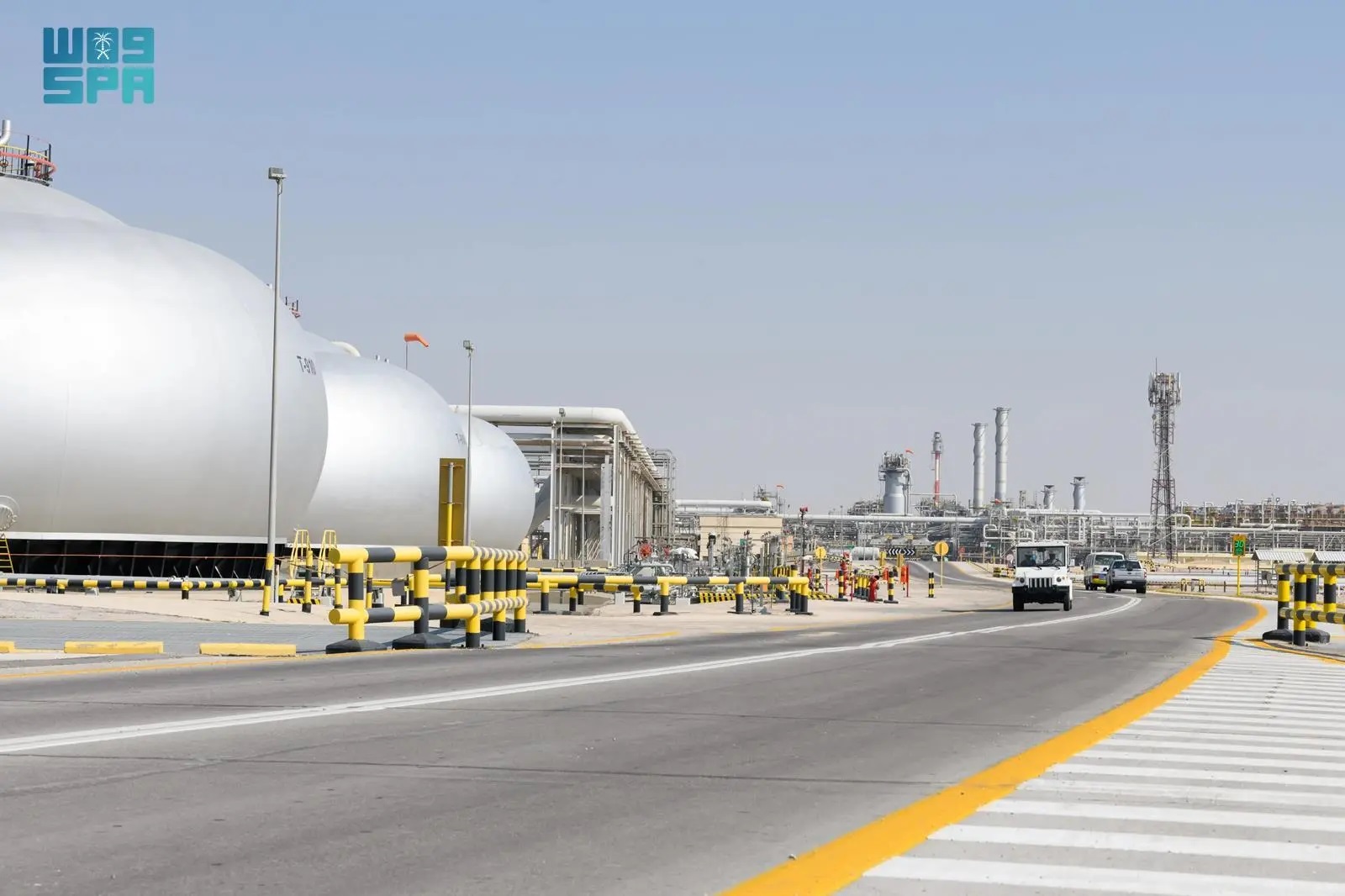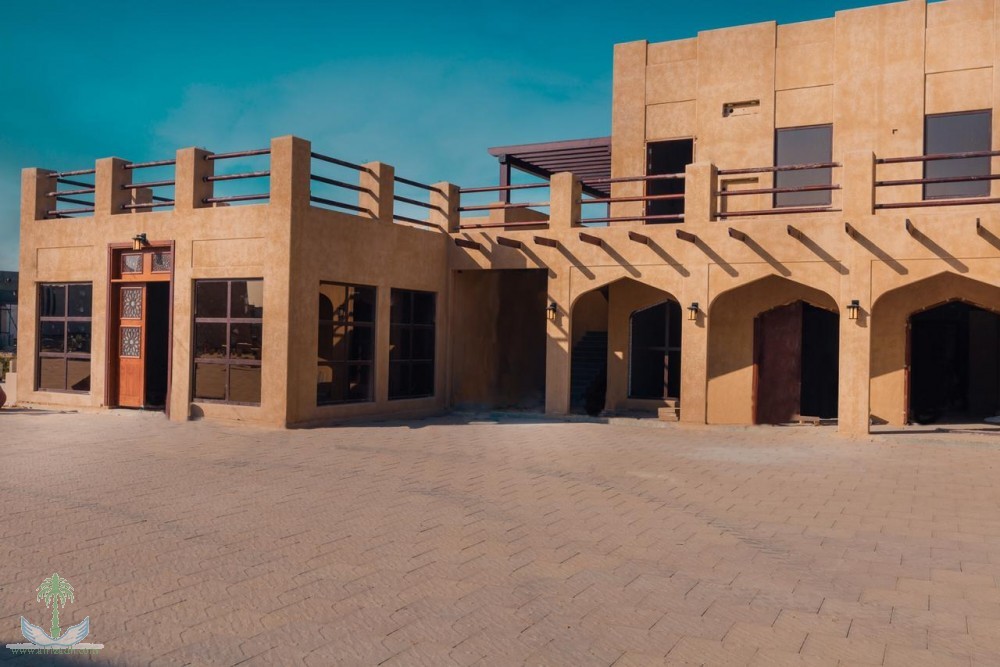
Saudi Aramco: Historical Overview of Global Energy Leader
In 1933, the Kingdom of Saudi Arabia initiated a transformative development across the nation by signing a concession agreement with Standard Oil of California (SOCAL) for oil exploration, leading to the formation of the California Arabian Standard Oil Company (CASOC). Following a survey in 1935, drilling commenced. After initial unsuccessful attempts, SOCAL heeded chief geologist Max Steineke's 1937 advice to persist with drilling efforts.
The year 1938 marked a turning point for Saudi Arabia with the first commercial oil production from Dammam No. 7, aptly named the "Prosperity Well." By the late 1940s, the company achieved remarkable growth, reaching 500,000 barrels per day in 1949, significantly elevating the Kingdom's global energy standing. It was later named Aramco (the Arabian American Oil Company).
Aramco expanded its distribution in 1950 with the completion of the 1,212-kilometer Trans-Arabian Pipeline (Tapline), connecting Eastern Region to the Mediterranean Sea. This strategic infrastructure significantly reduced the time and cost of exporting Saudi oil to European markets.
After two years of exploration in the Arabian Gulf's shallow waters, Aramco discovered the Safaniyah field in 1951, the world's largest offshore oil field. By 1958, Aramco's annual crude oil production exceeded one million barrels.
Aramco reached a significant milestone in 1962, with its cumulative crude oil production hitting five billion barrels. By 1971, shipments of crude oil and petroleum products from the Ras Tanura Marine Terminal surpassed one billion barrels for the first time.
The Saudi government progressively increased its stake in Aramco, acquiring 25% in 1973 and 60% in 1974. By 1980, the Kingdom achieved full ownership, formally establishing the Saudi Arabian Oil Company (Saudi Aramco) in 1988. Ali I. Al-Naimi became the company's first Saudi president in 1984 and its first president and CEO in 1988, marking a new era for the national oil company.
In 1989, Aramco initiated its evolution into an integrated petroleum enterprise by establishing Star Enterprises, a joint venture with Texaco. This venture later evolved into Motiva, initially a partnership between Texaco and Shell, which Aramco fully acquired in 2017. This acquisition made Aramco the sole owner of North America's largest single-site crude oil refinery in Port Arthur, Texas.
Throughout the 1990s, Aramco strategically expanded its global presence through international investments, beginning with the acquisition of a 35% stake in SsangYong Oil Refining Company (later S-Oil in 2000) in the Republic of Korea in 1991.
Aramco furthered its global expansion in 1994 by acquiring a 40% stake in Petron Corporation, the leading oil refiner and marketer in the Philippines. In 1996, the company increased its European footprint by acquiring a 50% stake in Greek refiner Motor Oil (Hellas) Corinth Refineries S.A. and its marketing arm, Avinoil Industrial Commercial and Maritime Oil Company S.A.
As the millennium neared, the use of advanced technologies became essential to assist the company in discovering and extracting crude oil.
In 1997, Aramco developed POWERS (Parallel Oil-Water-Gas-Reservoir Simulator), a high-resolution system for modeling and predicting the performance of its vast reservoirs. The success of POWERS has spurred Aramco to develop an even more powerful and accurate suite of simulation software.
Building on its technological successes, Aramco established a cutting-edge research and development center in Dhahran in 2000 for its scientists. This facility became the central hub for a global network of research centers, which continue to drive significant advancements in increasing discovery and recovery rates, reducing operational costs, enhancing safety protocols, and preserving the environment.
Aramco's global innovation leadership was evident in 2010 with the unveiling of GigaPOWERS, its giga-cell reservoir simulation technology and the second generation of POWERS. This was followed six years later by the development of TeraPOWERS, the industry's first trillion-cell reservoir simulation.
As the millennium began, Aramco intensified its diversification efforts to realize its vision of becoming the world's leading integrated energy and chemicals enterprise. By developing innovative methods to maximize the value of each oil barrel, such as nonmetallic and crude-to-chemicals products, Aramco is strategically entering unconventional markets and pioneering new applications for oil and gas resources.
Aramco also invests in developing innovative solutions to enhance energy production and consumption efficiency. This includes the creation of a new generation of high-performance engines and advanced fuel technologies designed to improve performance and significantly reduce emissions within the transportation sector.
Looking ahead, Aramco aims to leverage its hydrocarbon resources to create new opportunities that maximize value for the company, the Kingdom, and its people. It also remains committed to its role as a reliable global supplier of lower-carbon energy solutions.








